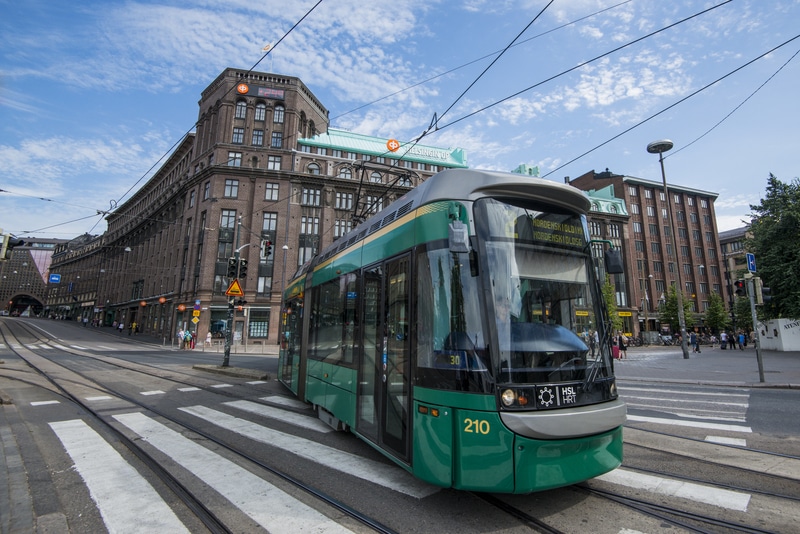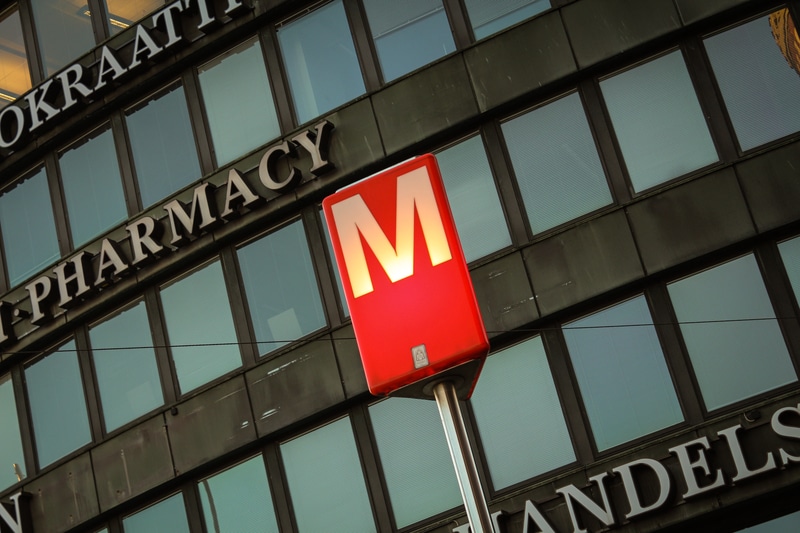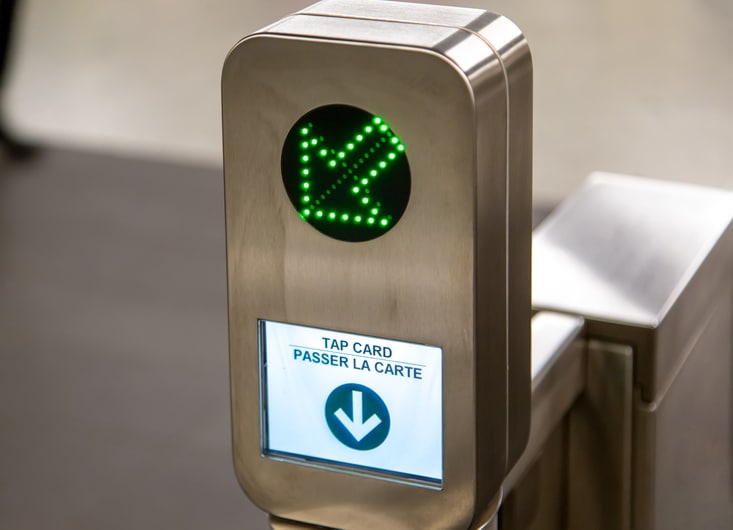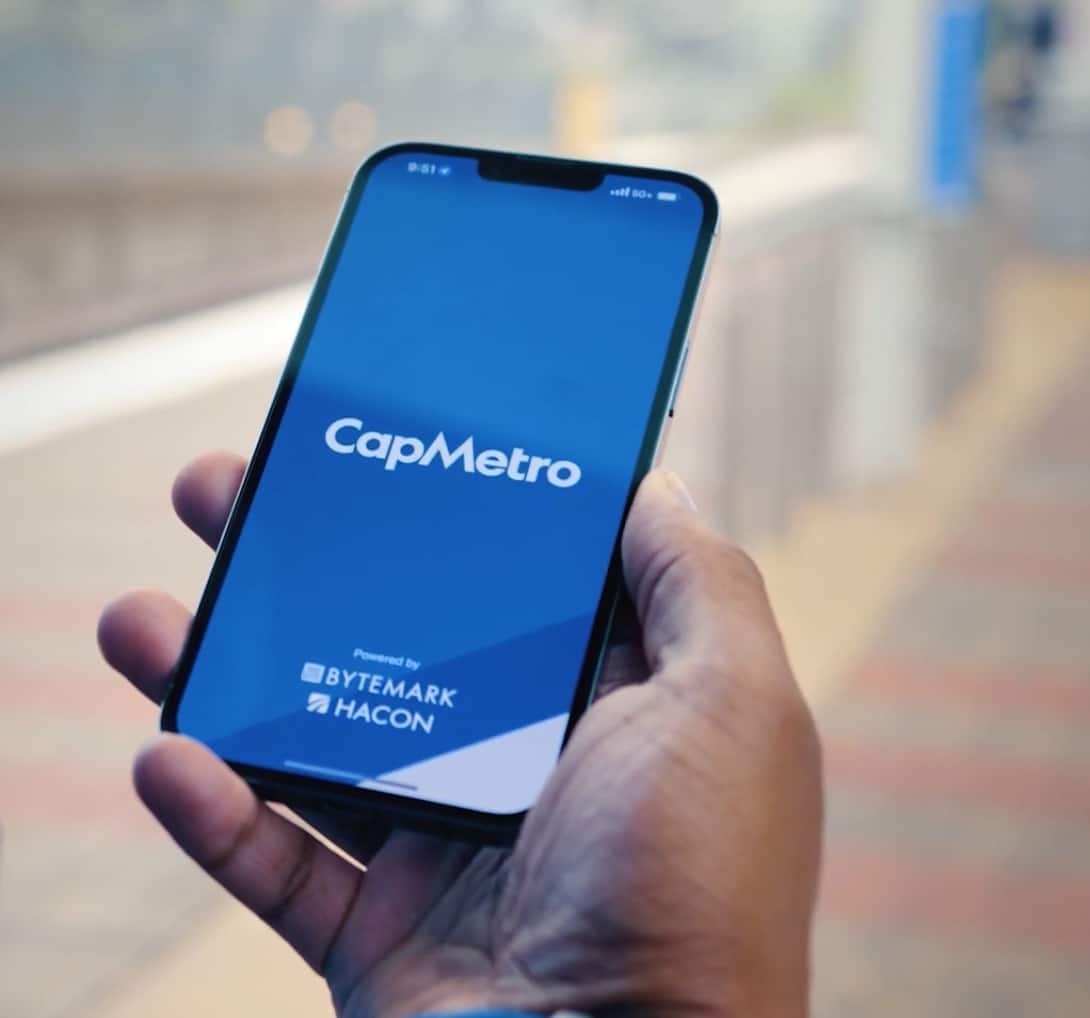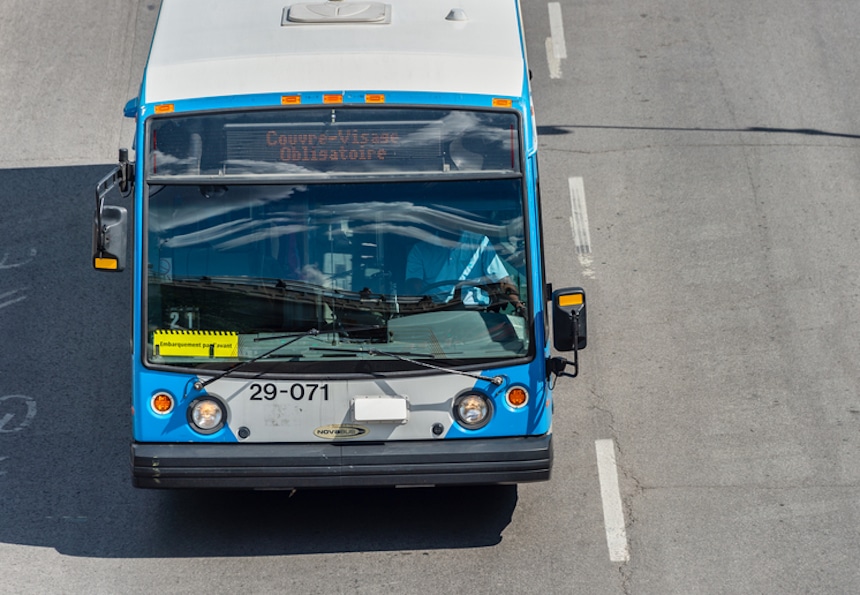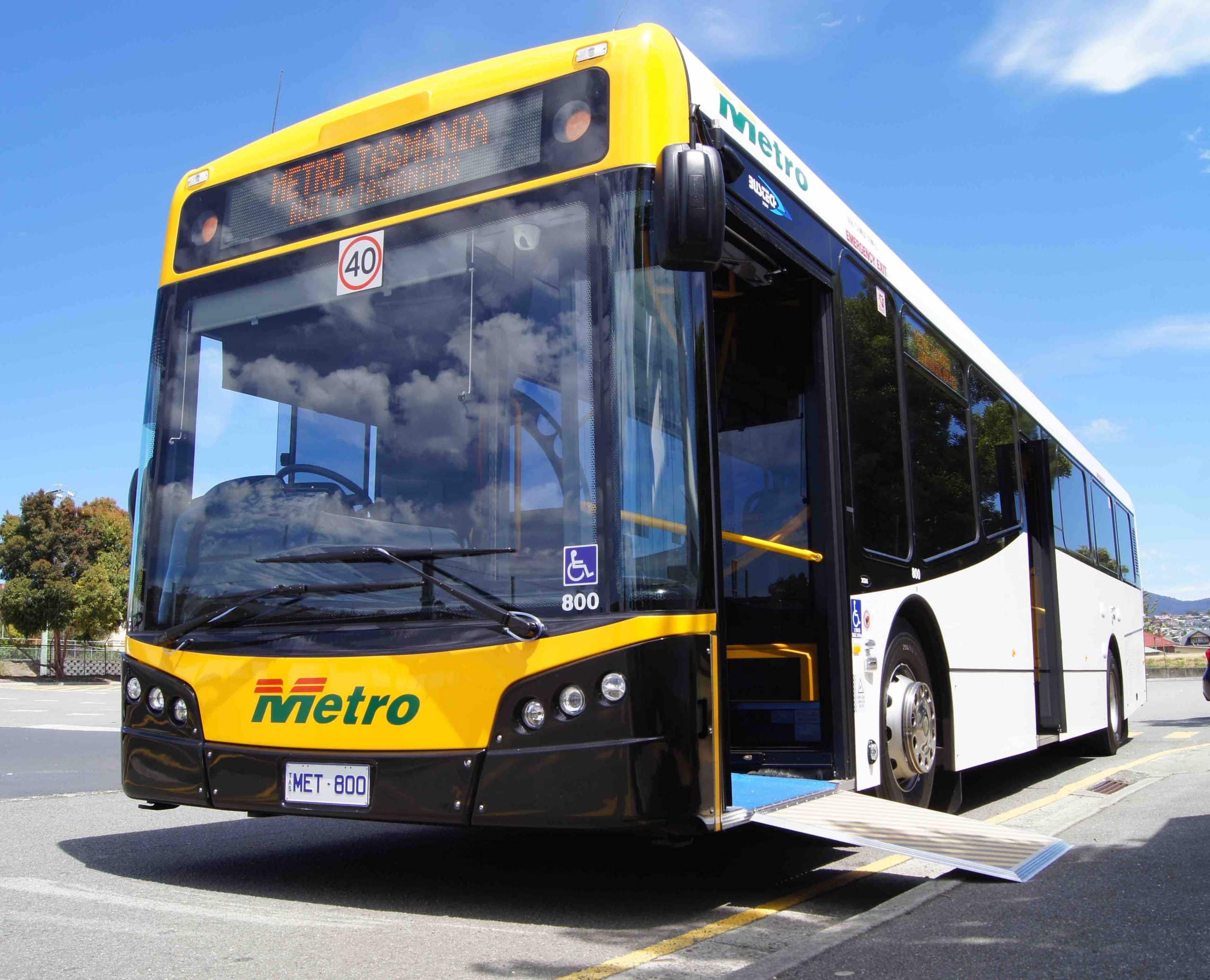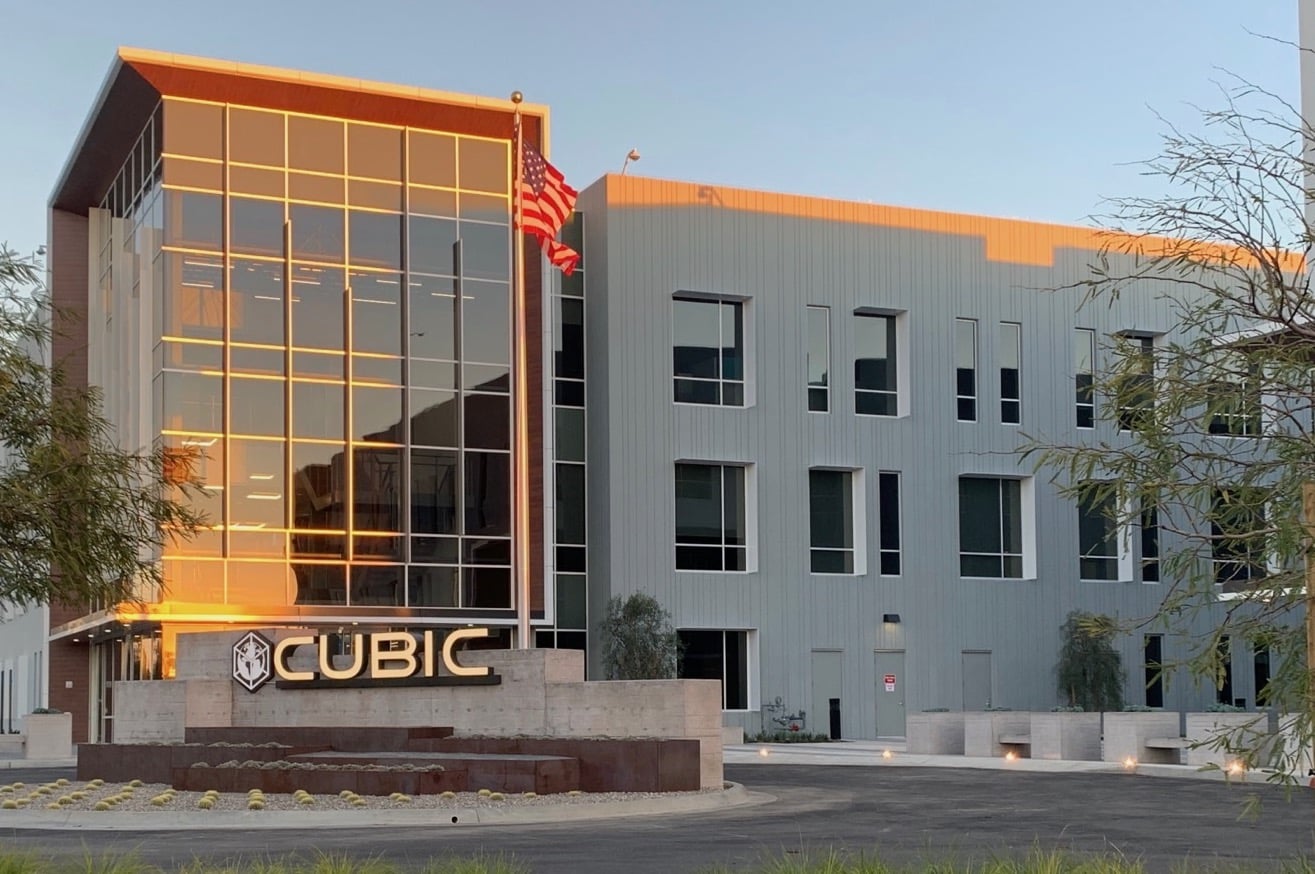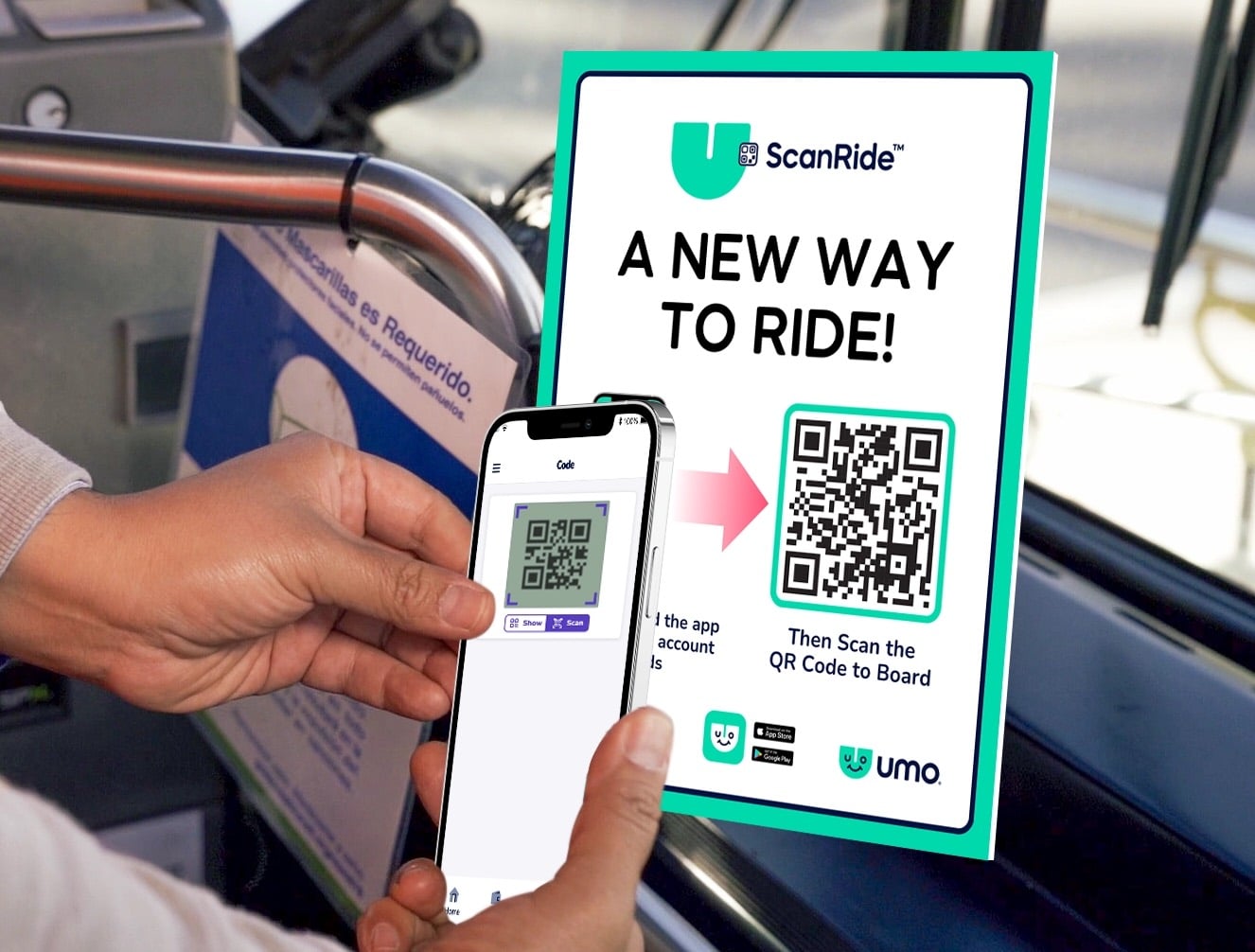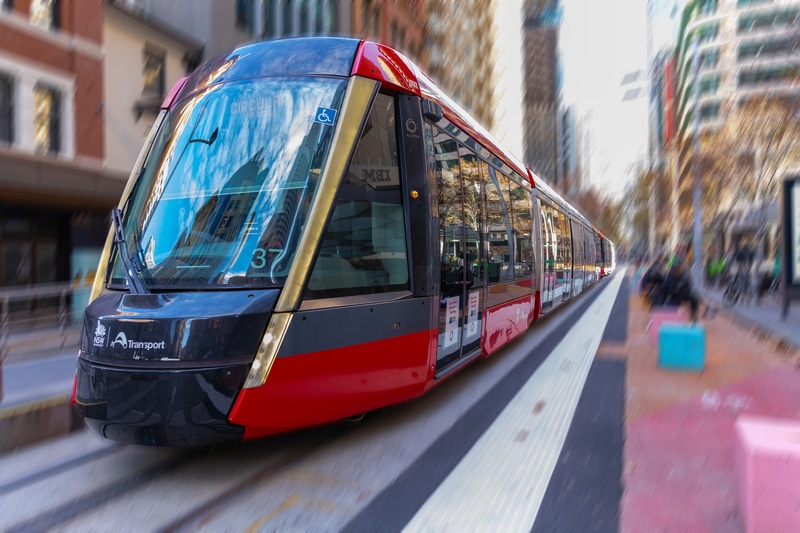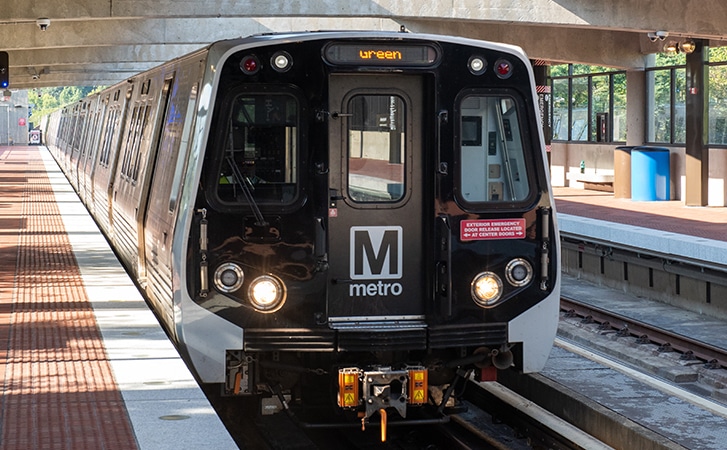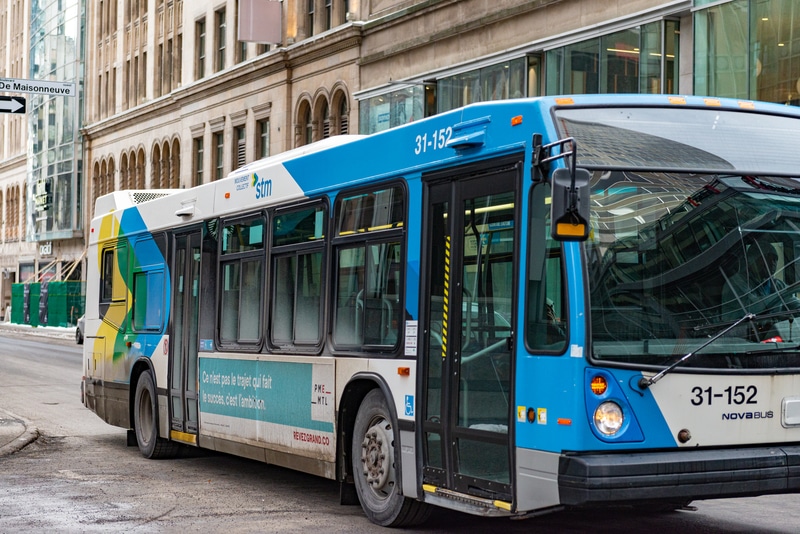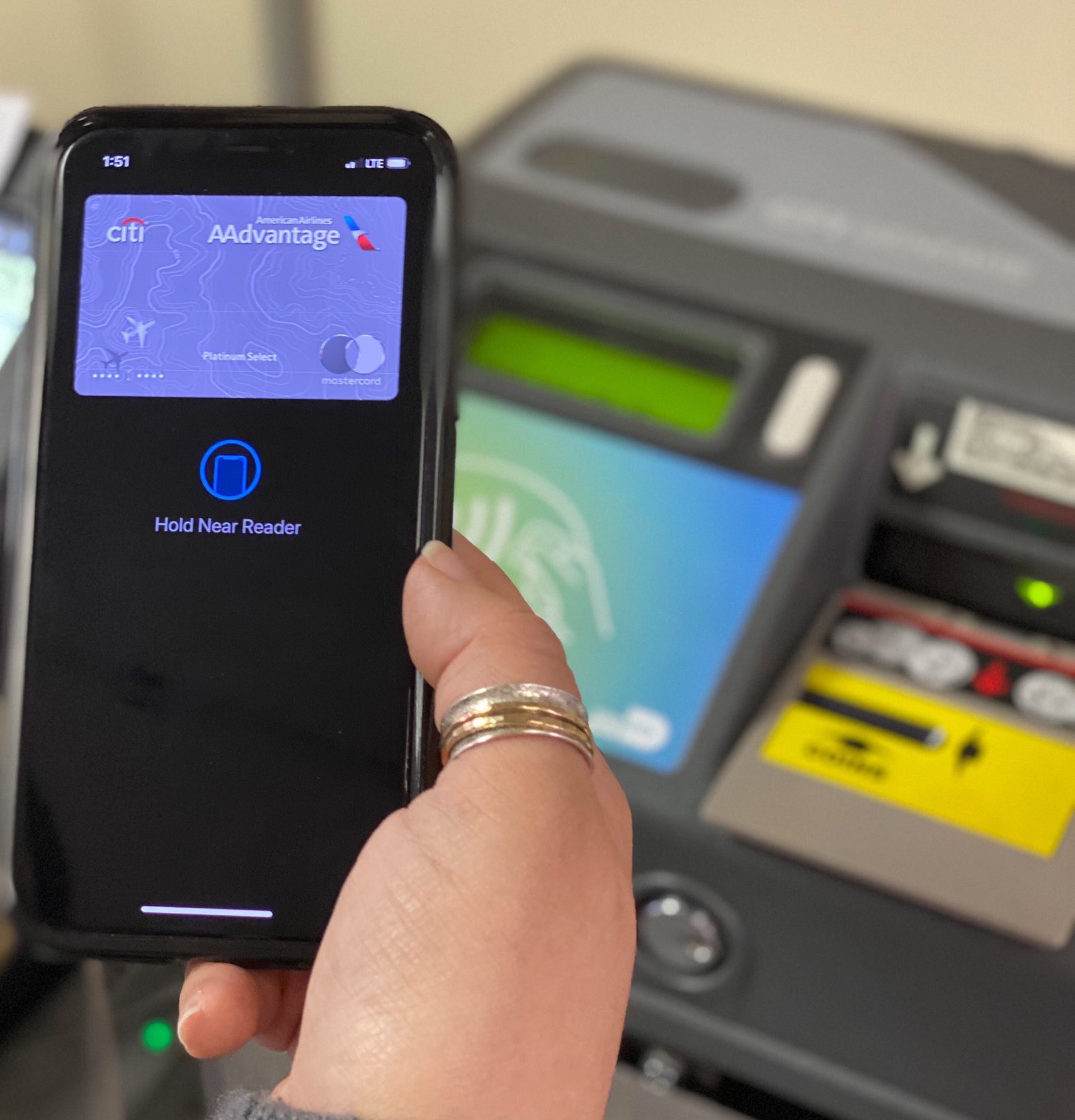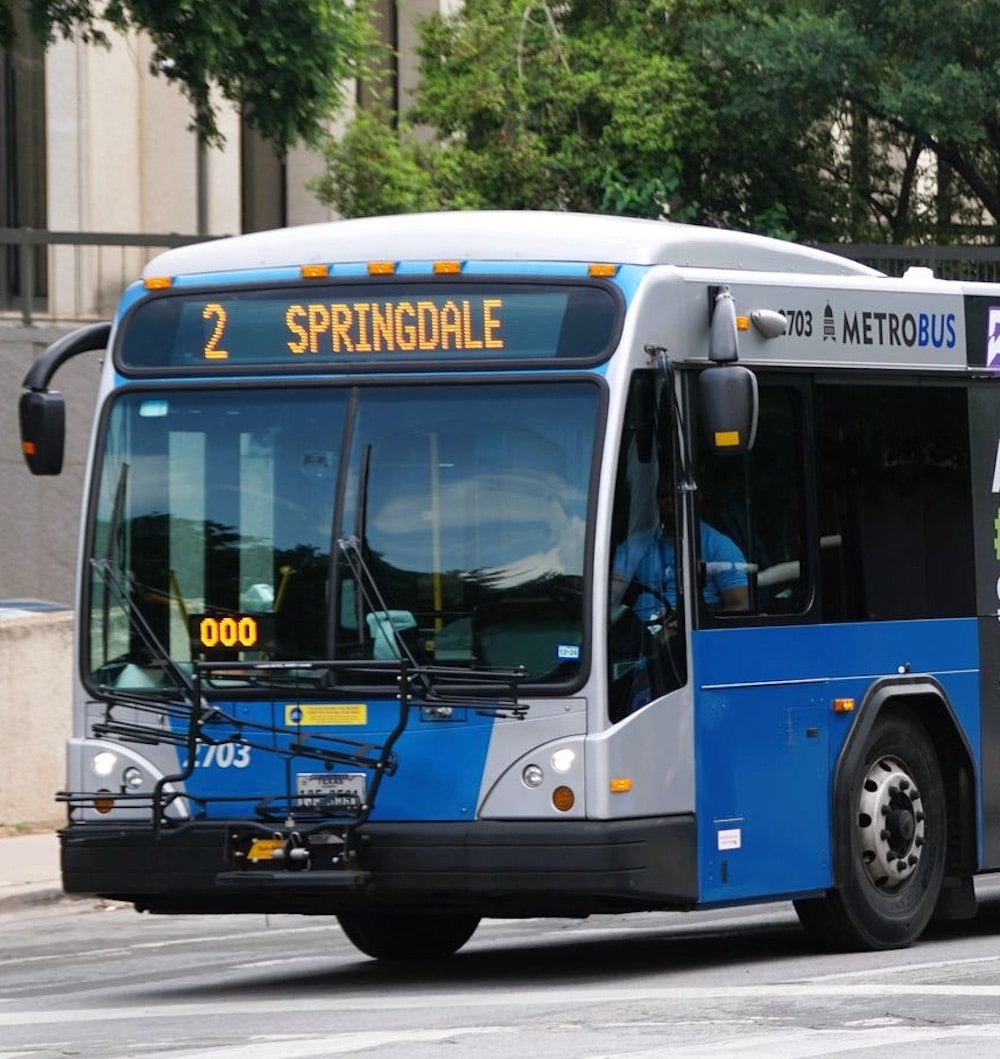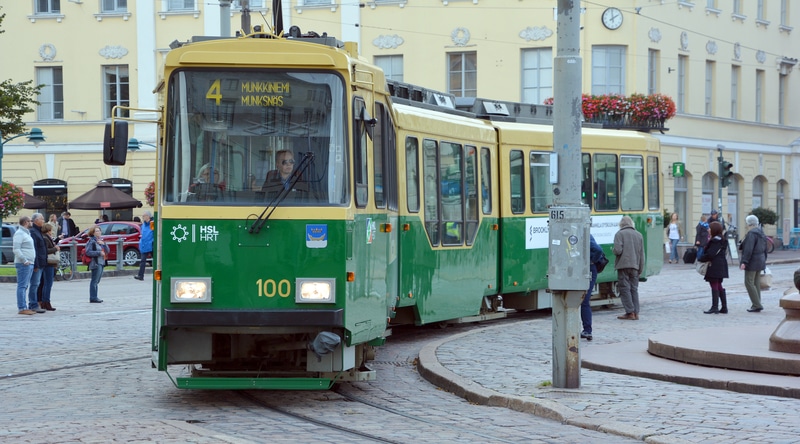
Article Highlights
Helsinki transit agency HSL is seeking bids for at least 4,500 validators for its planned multimodal open-loop payments service. HSL is taking a modular approach to building the system, contracting for the components it needs separately.
At least four cities, including Helsinki, were supporting open loop as of last November or were planning to roll it out. There were more cities “in the pipeline,” according to the payments service provider Littlepay.
• HSL (Helsinki)
• Littlepay
• Nets (Denmark)
The Helsinki regional transport agency, or HSL late last week released a tender request through procurement channels seeking bids for at least 4,500 validators for its planned multimodal contactless open-loop payments rollout.







